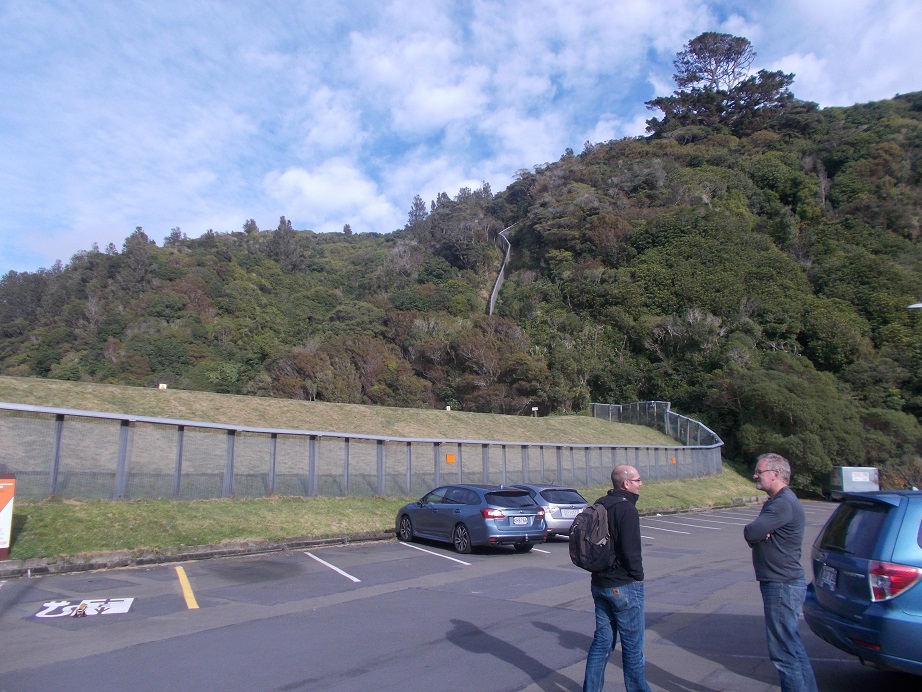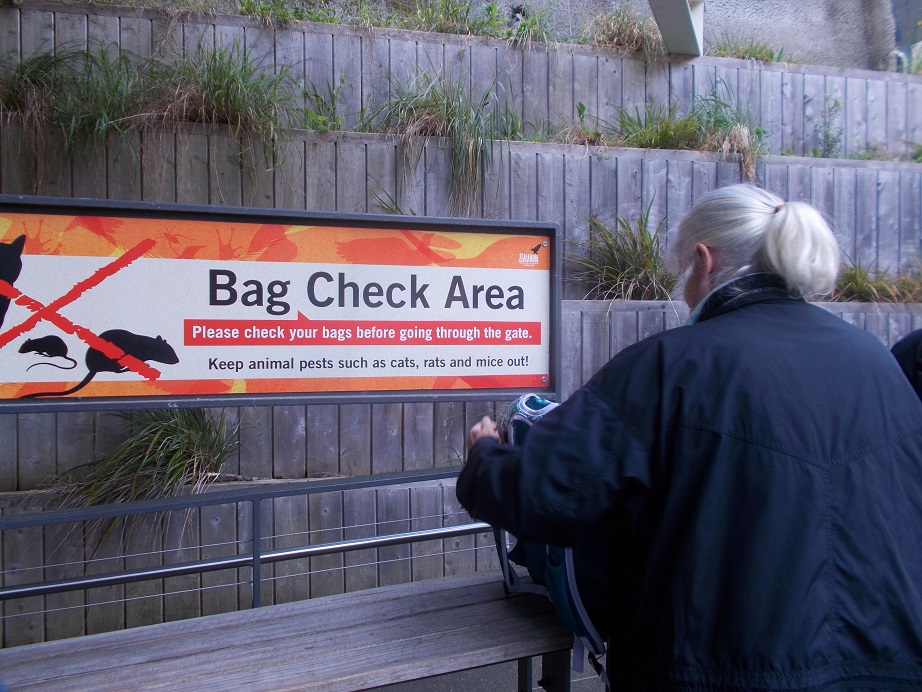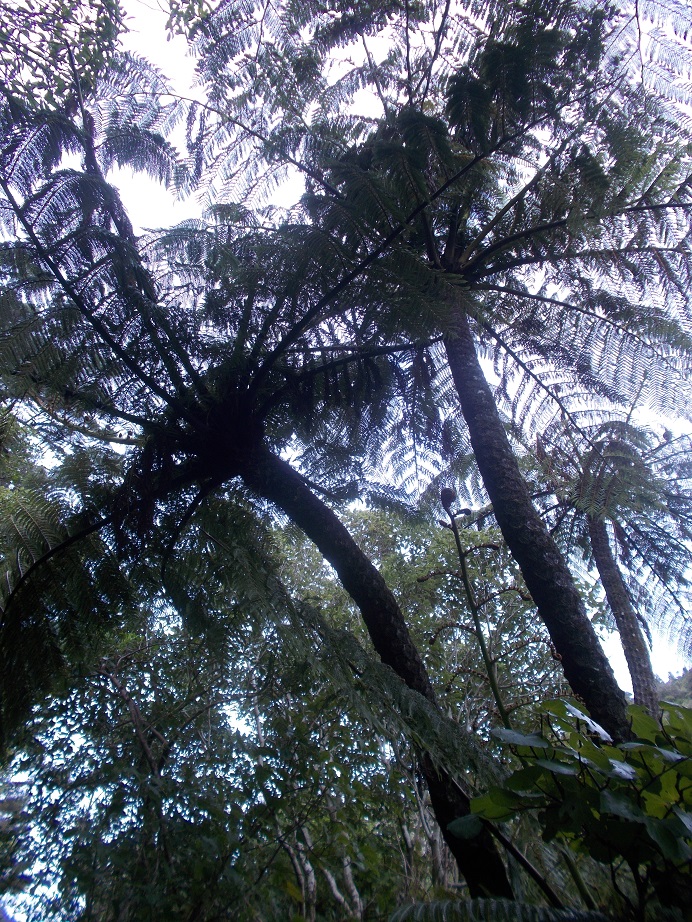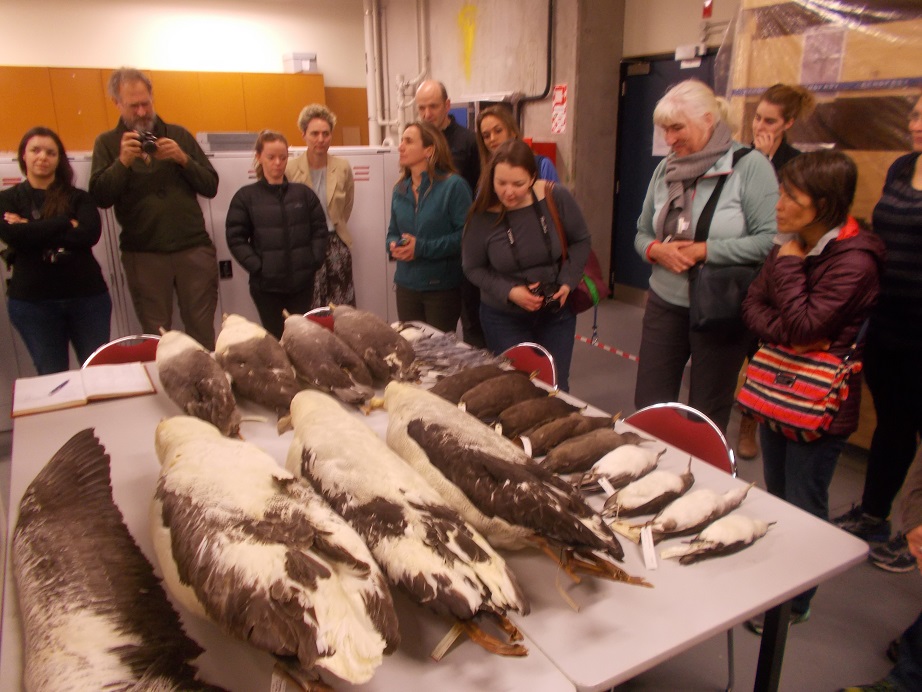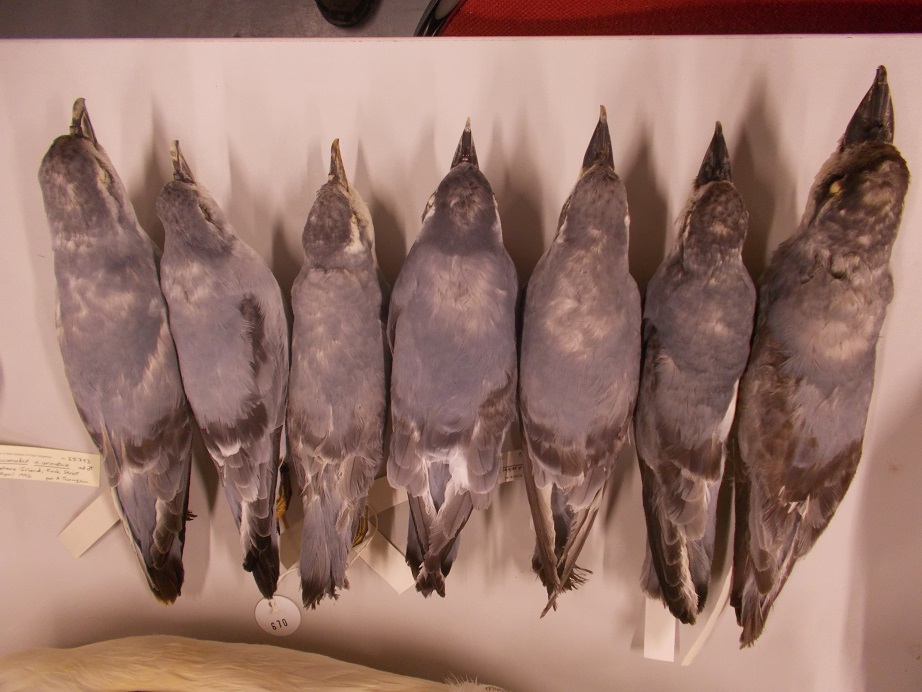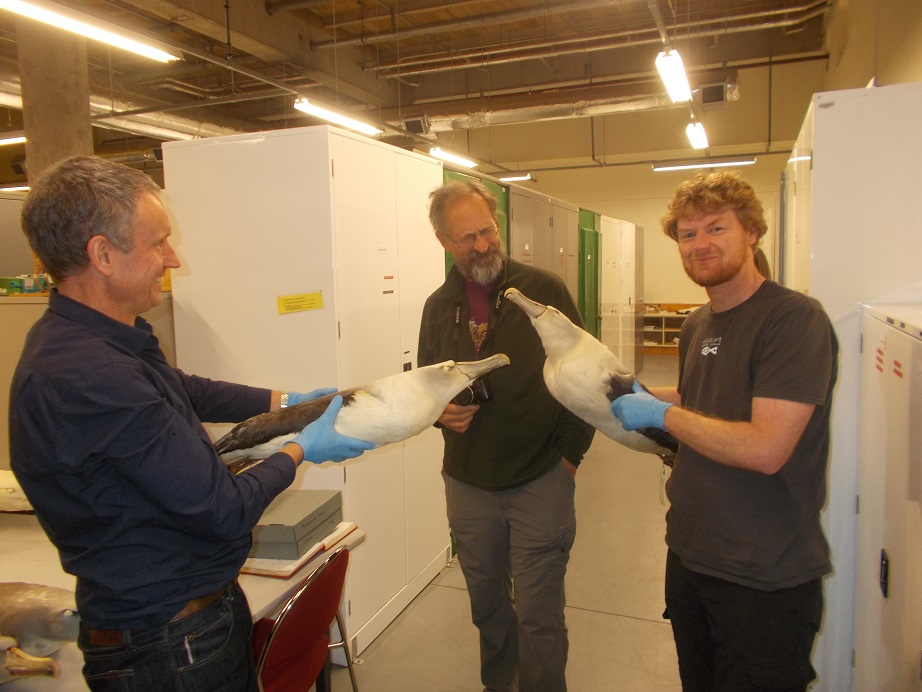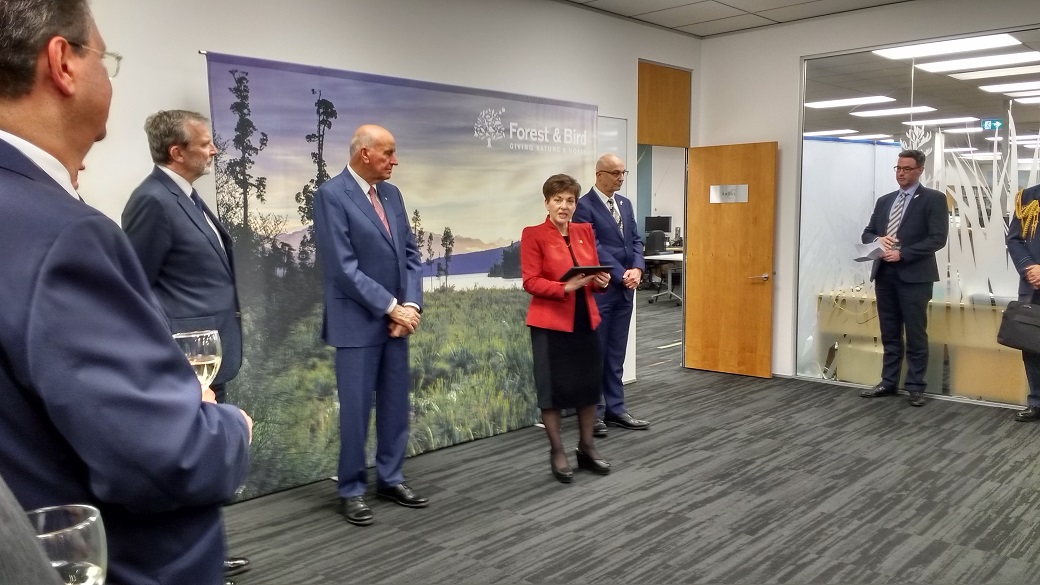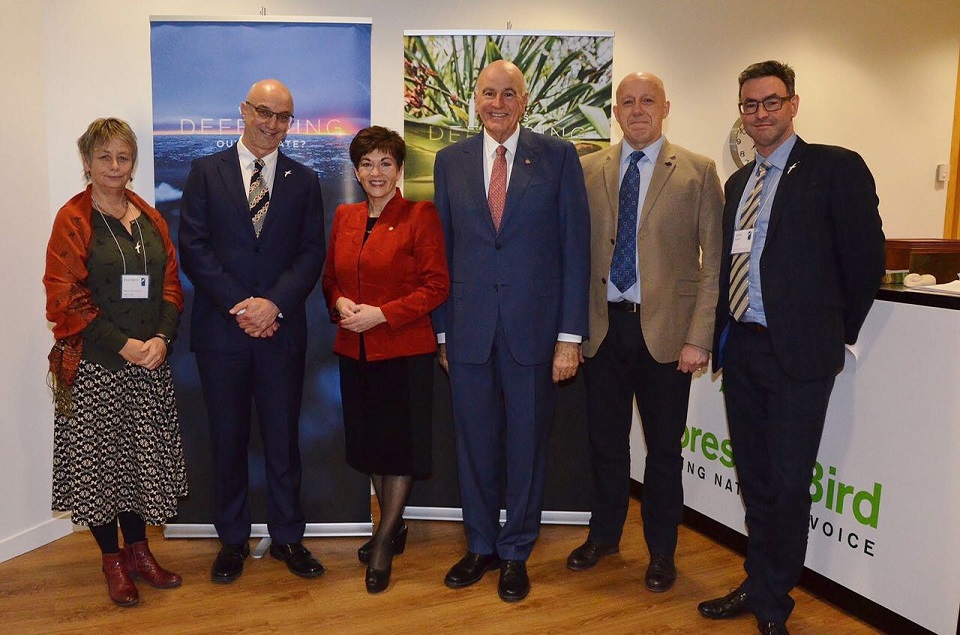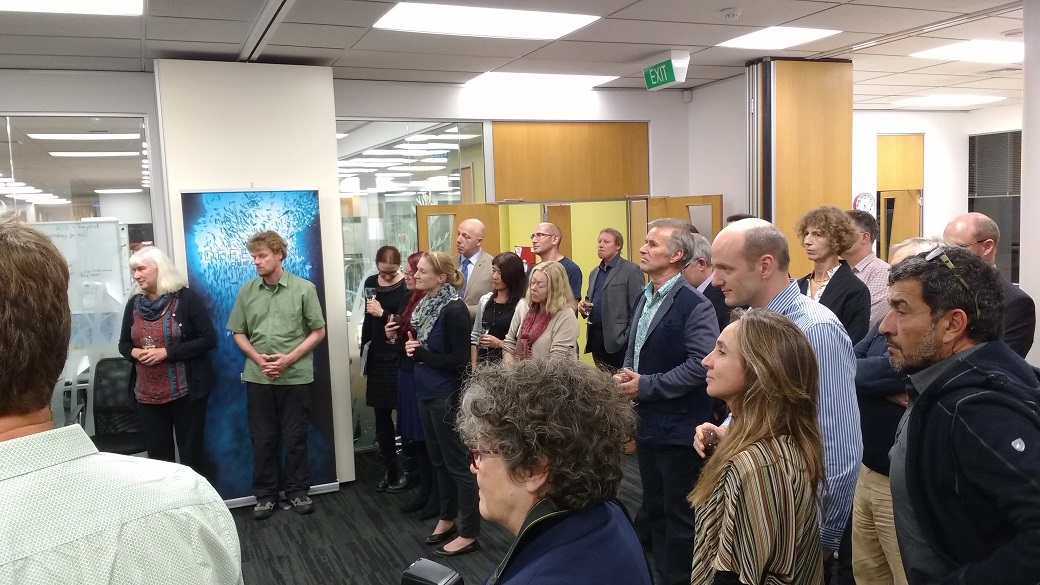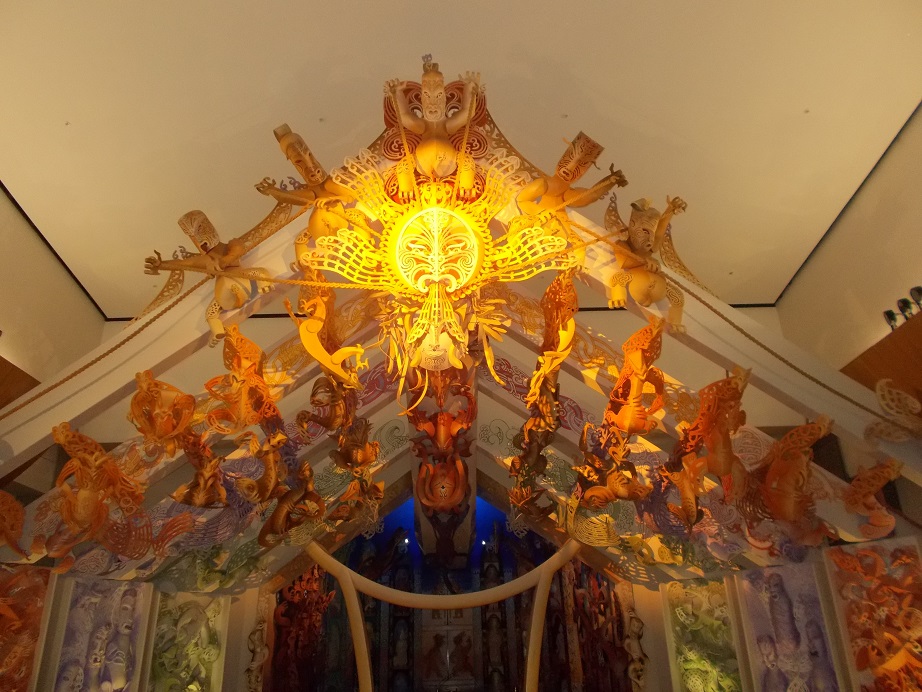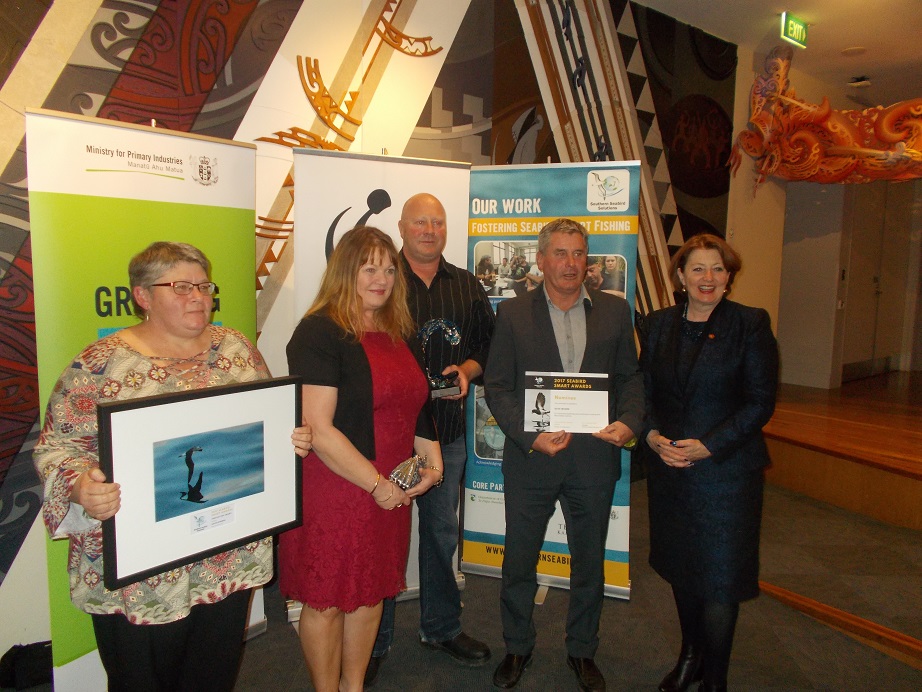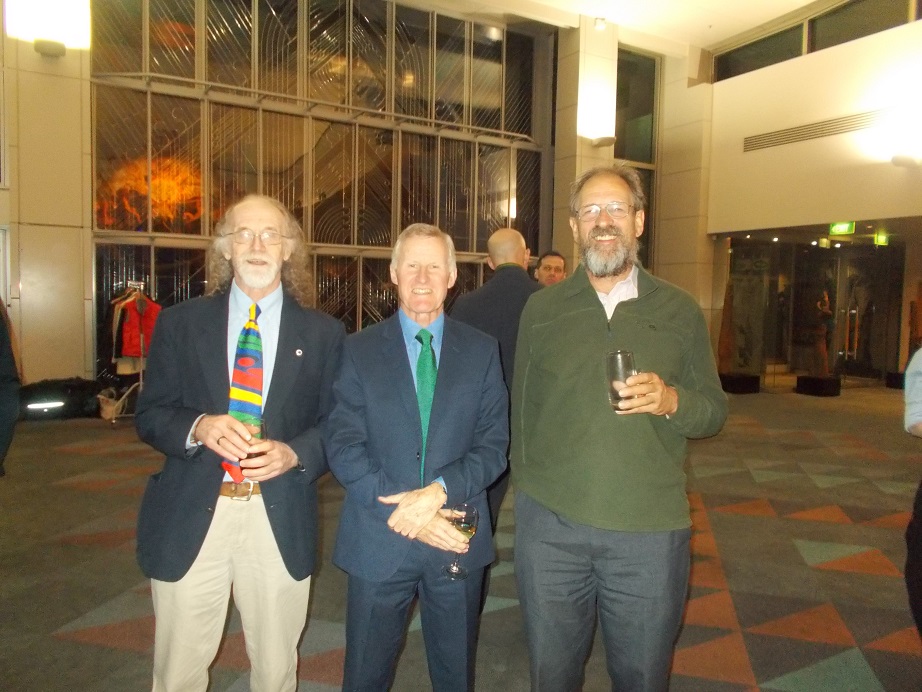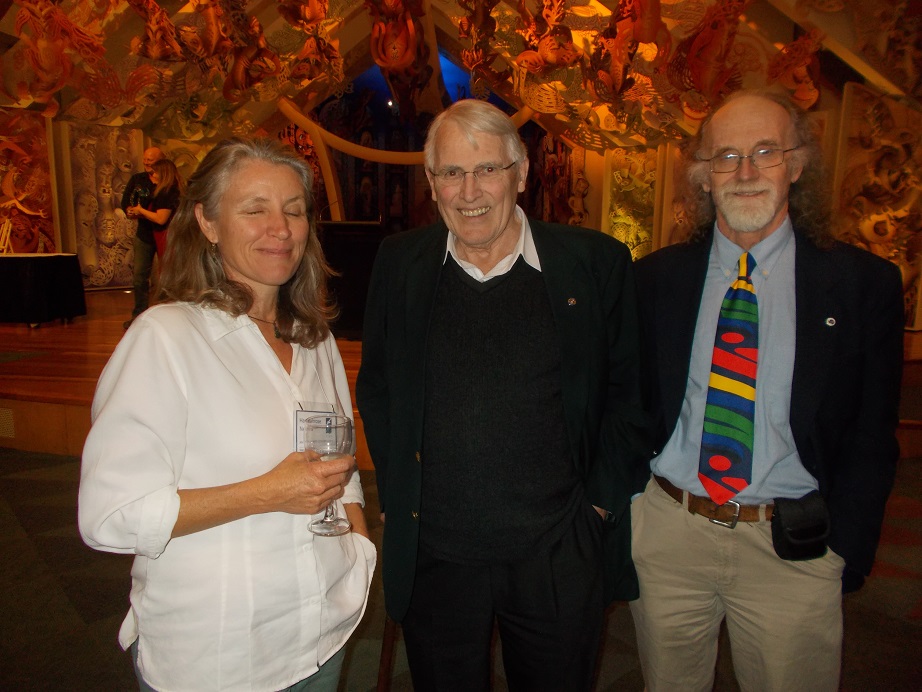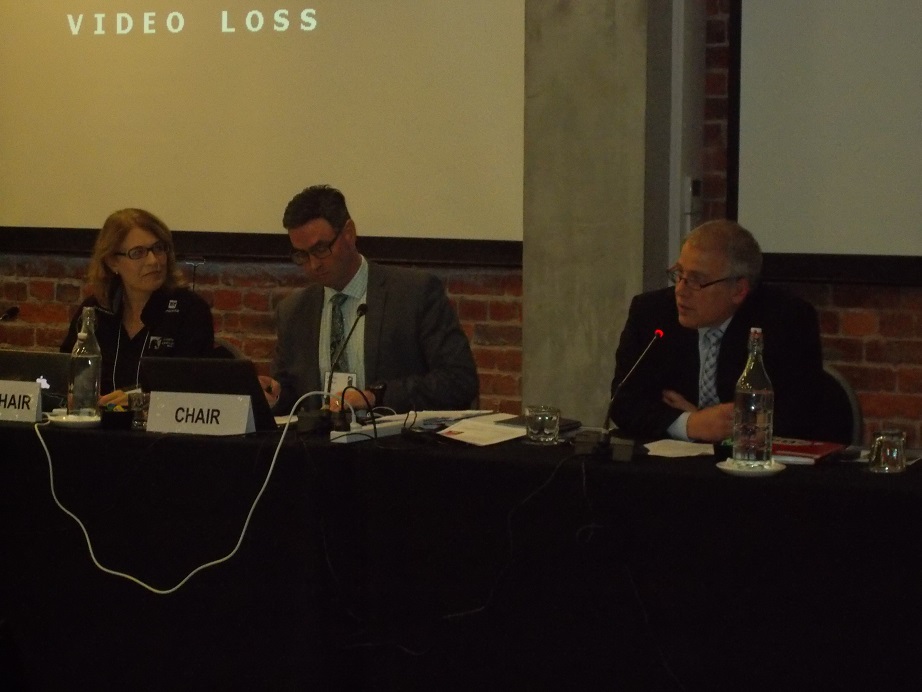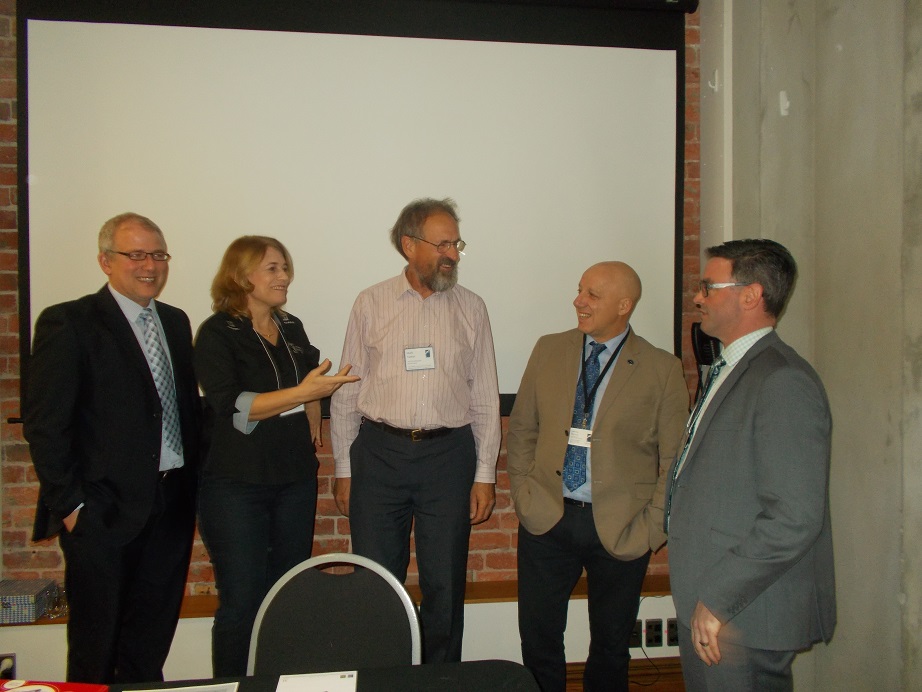Petra Quillfeldt (Department of Animal Ecology and Systematics, Justus-Liebig-Universität, Giessen, Germany) and colleagues have published in the Journal of Avian Biology on influence of device accuracy and choice of algorithm on the at-sea distribution of Black-browed Albatrosses Thalassarche melanophris.
The paper’s abstract follows:
“Species distribution models (SDM) based on tracking data from different devices are used increasingly to explain and predict seabird distributions. However, different tracking methods provide different data resolutions, ranging from < 10 m to > 100 km. To better understand the implications of this variation, we modeled the potential distribution of black-browed albatrosses Thalassarche melanophris from South Georgia that were simultaneously equipped with a platform terminal transmitter (PTT) (high resolution) and a global location sensor (GLS) logger (coarse resolution), and measured the overlap of the respective potential distribution for a total of nine different SDM algorithms. We found slightly better model fits for the PTT than for GLS data (AUC values 0.958 ± 0.048 vs 0.95 ± 0.05) across all algorithms. The overlaps of the predicted distributions were higher between device types for the same algorithm, than among algorithms for either device type. Uncertainty arising from coarse-resolution location data is therefore lower than that associated with the modeling technique. Consequently, the choice of an appropriate algorithm appears to be more important than device type when applying SDMs to seabird tracking data. Despite their low accuracy, GLS data appear to be effective for analyzing the habitat preferences and distribution patterns of pelagic species.”
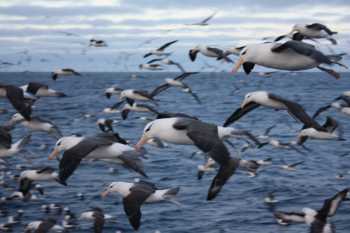
Black-browed Albatrosses at sea, photograph by Graham Parker
With thanks to Richard Phillips.
Reference:
Quillfeldt, P., Engler, J.O., Silk, J.R.D. & Phillips, R.A. 2017. Influence of device accuracy and choice of algorithm for species distribution modelling of seabirds: a case study using black-browed albatrosses. Journal of Avian Biology DOI: 10.1111/jav.01238.
John Cooper, ACAP Information Officer, 18 September 2017

 English
English  Français
Français  Español
Español 